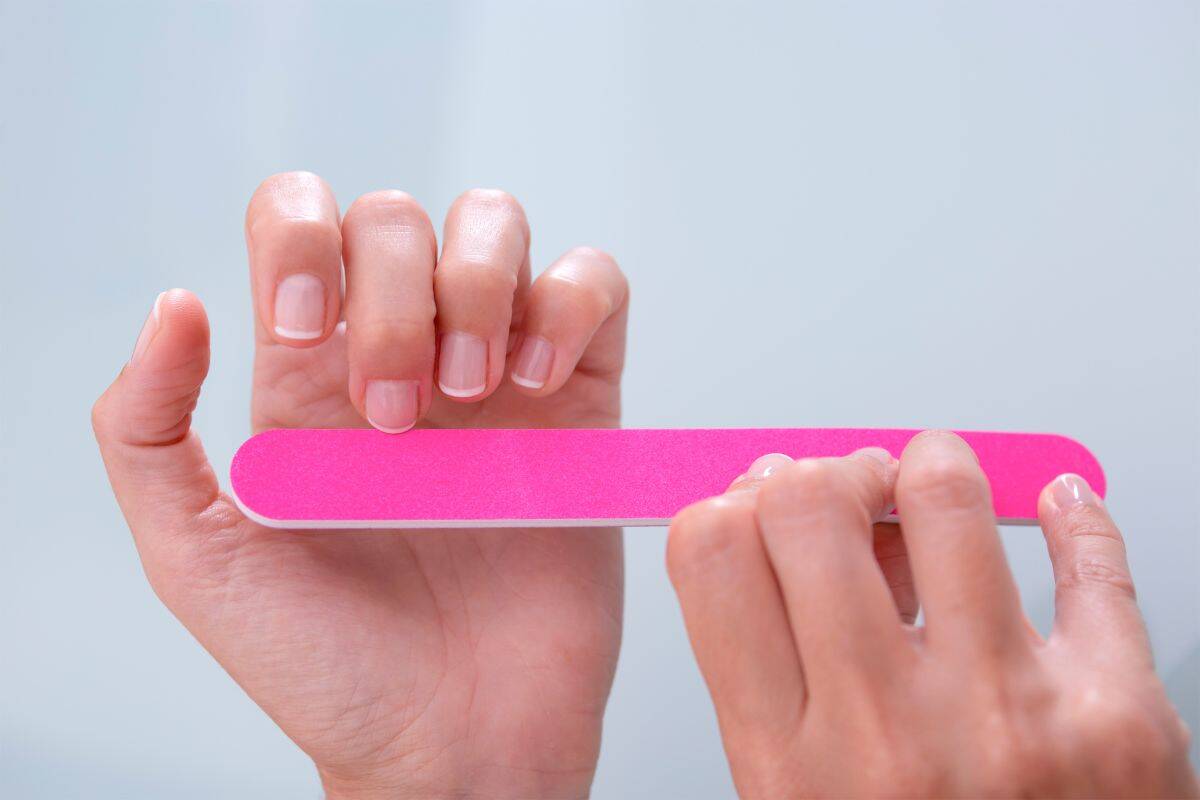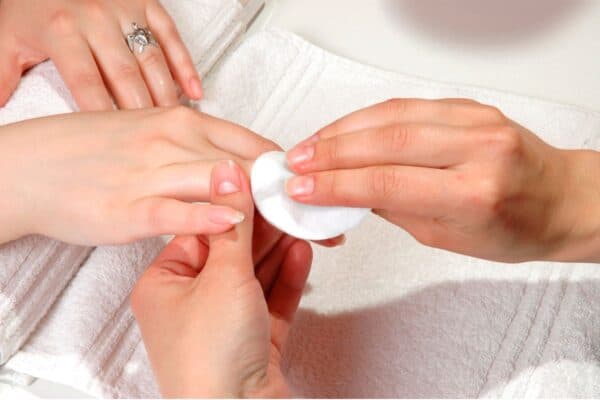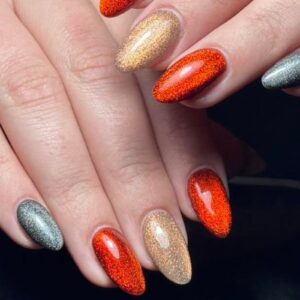
The nail hyponychium: what is it & why does it need protecting?
By Jess Watts | 25 July 2025 | Expert Advice, Feature, Health & Wellbeing

Not all heroes wear capes… but sometimes they deserve a little appreciation. Here are some key facts about the hyponychium – your underappreciated nail protector.
Akin to how we fill the cracks in between shower tiles, the crevices of our nails also need sealing to protect the nail bed and matrix from harmful bacteria and allergens. Where shower tiles have silicone, nails have the hyponychium!

Where is it and what does it do?
The hyponychium sits beneath the free edge of the nail plate at the end of the finger. (For a quick refresh on nail anatomy, check out this article.) Writing for the NailKnowledge blog, Marian Newman BEM explains that ‘by acting as a barrier, the hyponychium ensures the overall health and integrity of the nail unit’. She adds: “The hyponychium is one of the four guardian seals of the nail unit.”
Multiple nerve endings within the hyponychium act as alerts, informing the body of potential damage of infection by way of pain signals.
Avoiding infection
An infection can present as a thickening or discolouration of the hyponychium and can lead to inverse pterygium – an extended and thickened hyponychium, or even onycholysis – a condition where the nail plate separates from the nail bed.
Maintaining good hygiene is essential in preventing infection. Marian Newman BEM recommends ‘regular cleaning of the nail area and keeping it free from dirt and debris.’ Additionally, try to avoid activities that may cause trauma to this sensitive area of the nail.
Expert advice
In the case of inverse pterygium, the NailKnowledge blog says: “Regular applications of a good nail oil will help keep it supple and not become dry.”
It is crucial to leave the hyponychium alone as much as possible and treat it with care; though it may perform a similar function to the grout in between shower tiles, it is much harder to replace!

Read the latest issue








